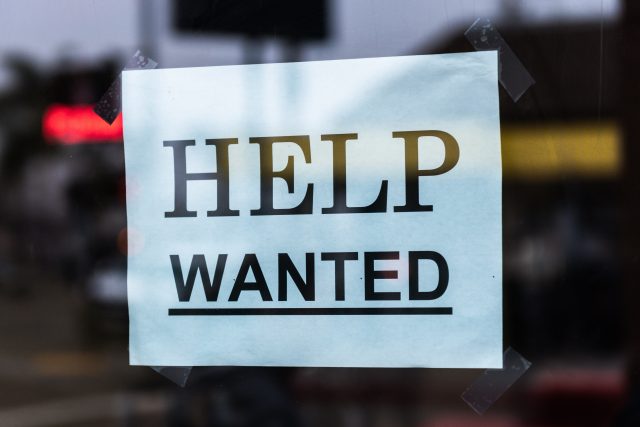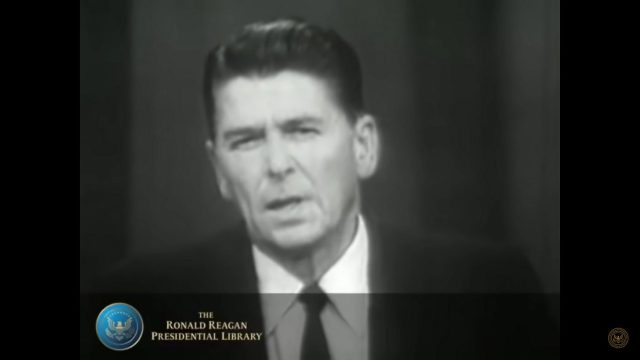Uncategorized
Interest Rates In The Upside-Down and Why They Are Going Up
Real interest rates are negative at the moment. By keeping them this way, the RBA is encouraging spending, facilitating the transfer of wealth from savers to borrowers and causing malinvestment. That may seem to be a lot to unpack – but economics isn’t hard. Yes, there are people who are paid to make it look hard but let me step...
How The ATO Undermines ‘Creative Destruction’
Libertarians hate to pay tax, especially at current rates. Many subscribe to the view that “taxation is theft”, although most also acknowledge the government has a legitimate role in limited circumstances for which it requires funds. With that off our chests, let’s get practical and talk about how the government's debt collection activities in relation to small businesses interfere with...
Taxing The Country Into Welfare And Disability
"We contend that for a nation to try to tax itself into prosperityis like a man standing in a bucket and trying to lift himself up by the handle.It is impossible." Those were not the words of an Australian Commonwealth Treasurer but rather of Winston Churchill addressing the House of Commons in 1925 arguing against a proposed increase in taxes. Almost...
8 Practical Ideas To Save Victoria
Prior to 2020 I was an extremely proud Victorian. But what I’ve come to realise is that our human rights in Victoria are being limited or bypassed at the hands of the Dan Andrews’ State Government and are no longer adequately protected. It was also disappointing to discover from the results of our recent State election that a substantial...
Taxation Dysfunction
We’re all familiar with the dictum, “In this world nothing is certain but death and taxes.” But Will Rogers also astutely observed, “Yes, and the only difference between death and taxes is that death doesn’t get worse every time parliament sits!” The first thing to say about taxation is that we need less of it, not more. Last week’s budget made it clear the...
When The Government Stops You Working
According to the market research company Roy Morgan, there are almost 2.8 million Australians who either want a job or would like more paid work. Those 2.8 million people are all missing out on a better standard of living, and those who are unemployed are also missing out on the well-known benefits of having a job: self-esteem, purpose and support. This...
An Inflated Balloon And A Fish Market With Smelly Cash
Reform of the Reserve Bank of Australia (RBA) has been in the headlines. The problem with the RBA however is not structural. It is a failure by the members of the board to be able to adequately define “inflation”. At the heart of all the angst is the statement made by the RBA Governor, Philip Lowe, in 2020 that he...
Tobacco Smuggling: A Problem of Government
If smuggling isn’t the world’s oldest profession, it’s likely a smuggler was one of its first customers. The moment a tax or restriction is imposed on any trade, an incentive for smuggling is created. Smuggling has also influenced world affairs. Britain’s heavy-handed attempts to prevent its US colonies from trading with the Spanish empire, which were circumvented by smuggling, stirred...
5 Magic Apps For Prosperity
In his famous 1964 “A Time for Choosing” speech, Ronald Regan recounted a story: “Not too long ago, two friends of mine were talking to a Cuban refugee, a businessman who had escaped from Castro, and in the midst of his story one of my friends turned to the other and said, "We don't know how lucky we are." And the Cuban...
Brave Little Trooper
“To these people, the war is simply a continuous calamity which sweeps to and fro over their bodies like a tidal wave.” ...



















